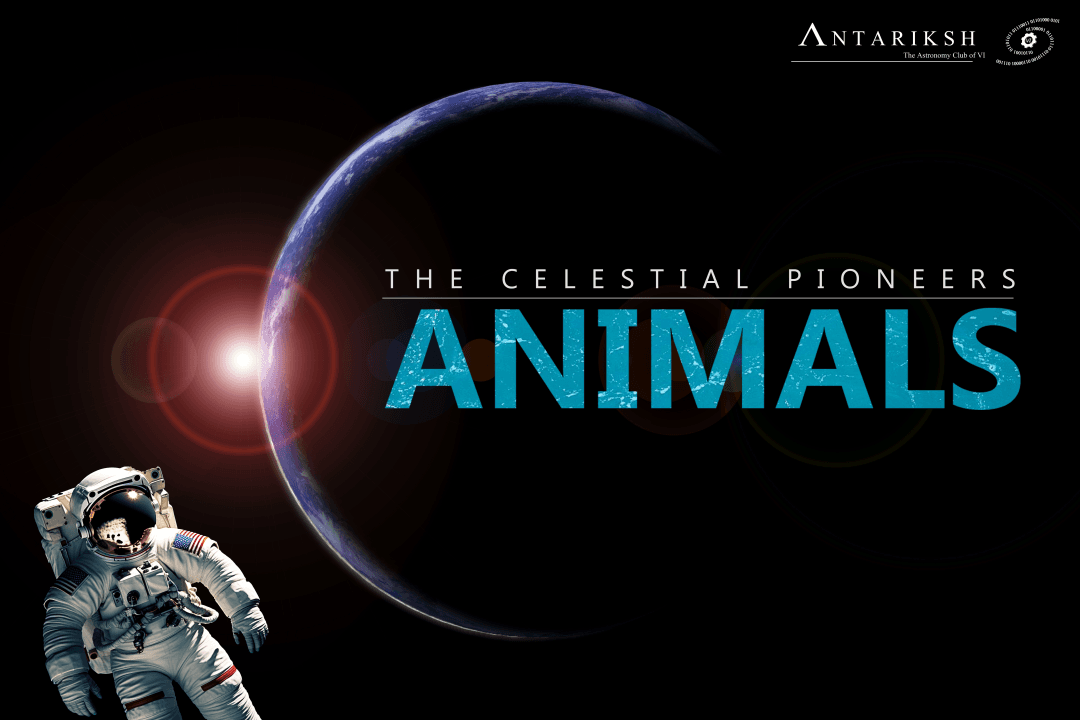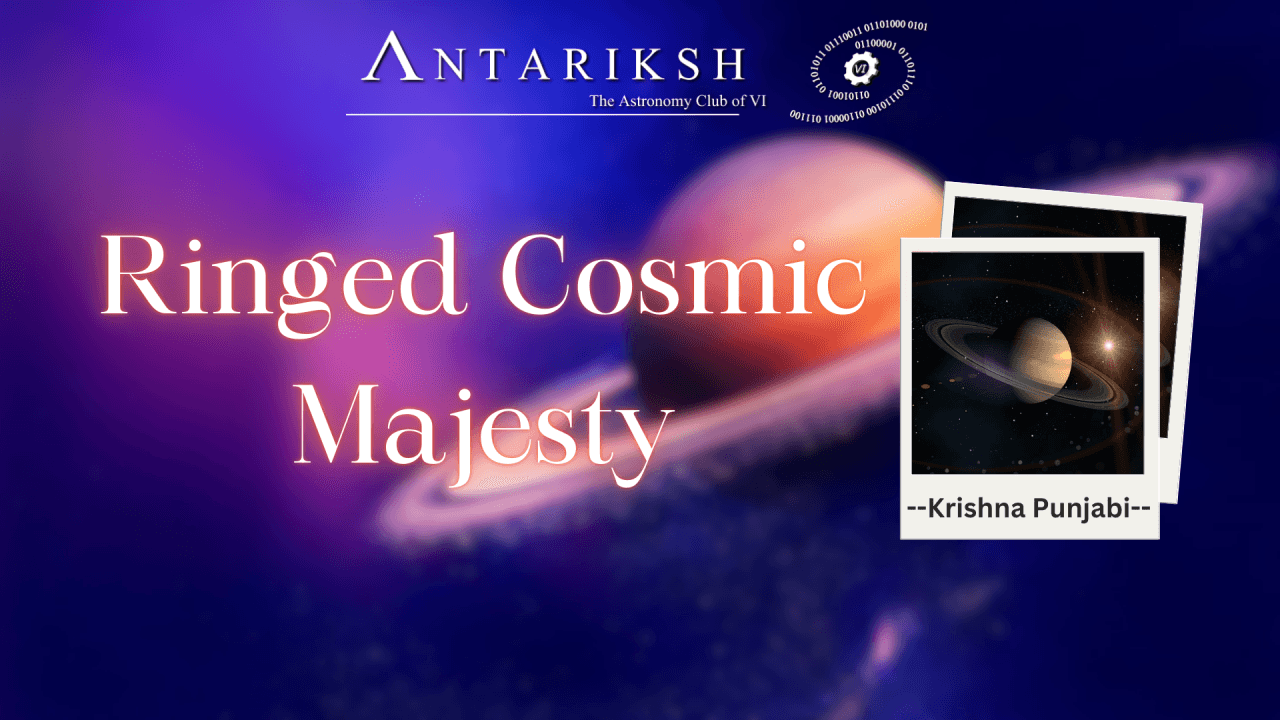
Abstract: -
The JUpiter ICy Moons Explorer (JuICE) mission, selected by ESA in 2012, will conduct detailed investigations of Jupiter and its system, focusing on Ganymede as a potential habitat and neighbouring moons Europa and Callisto. This European-led exploration will provide a comparative picture of the Galilean moons and their potential habitability, offering the best opportunity to understand the origins and formation of gas giants and their satellite systems. The launch date of the missing was April 14, 2023 It was launched from Europe’s Spaceport in French Guiana It’s arrival at Jupiter is expected on July 2031
Keywords: Jupiter, Ganymede, satellite, JuICE, Mission.
Introduction:-
The JuICE mission is an ambitious endeavour aimed at studying the intricacies of Jupiter, its magnetosphere, and its giant icy moons, including Ganymede, Callisto, and Europa. The primary goal of the mission is to conduct ocean layer characterization, detect subsurface water reservoirs, study Ganymede's magnetic field, and analyze the physical properties of icy crusts. For Europa, the mission will focus on studying its life-essential chemistry and surface features to lead to potential exploration sites. Additionally, the mission will provide the first subsurface observations of the icy moon, including the minimal thickness of the crust. [3]

an illustrated image of the Jupiter satellite orbiting Europa.
Over a three-year duration, the mission will enhance our understanding of Jupiter as a template for giant planets beyond our solar system. The mission will also investigate the magnetosphere, ionosphere, and thermosphere, as well as the interactions of the moons and the gravitational coupling of the Galilean satellites. The study of Jupiter's circulation, meteorology, chemistry, and structure will provide invaluable insights into the workings of our solar system's largest planet.
The JuICE mission promises to be an exciting and groundbreaking undertaking, offering the potential for significant scientific discoveries and contributing to humanity's understanding of our place in the cosmos.
Findings from Previous Missions:
Pioneer 10 (1972), the first spacecraft to approach Jupiter, provided valuable data on the planet's radiation belts and magnetic field.
Pioneer 11 (1973), which explored Jupiter and its moon, Callisto, contributed to our understanding of Jupiter's magnetosphere.
Voyager 1 (1979): conducted flybys of Jupiter, discovered volcanic activity on Io, and provided detailed images of the Great Red Spot.
Voyager 2 (1979): Studied Jupiter's atmosphere, magnetosphere, and its four largest moons (Io, Europa, Ganymede, and Callisto).
Galileo (1989–2003) orbited Jupiter and studied its atmosphere, magnetic field, and moons. Discovered evidence of subsurface oceans on Europa and Ganymede.
Ulysses (1992): Focused on the solar wind and Jupiter's magnetosphere.
Cassini (2000) performed a flyby on route to Saturn and provided some observations of Jupiter's atmosphere.
New Horizons (2007): Conducted a gravity assist manoeuvre during its journey to Pluto, capturing images and data of Jupiter's atmosphere.
All this missions lead to a better understanding of Jupiter and its moons [2]
Journey:-
The Jupiter Icy Moons Explorer (JuICE) is a space mission scheduled to be launched in 2022. The spacecraft will be launched atop an Ariane 5 rocket from the European Spaceport in Kourou, French Guiana. To gain the necessary velocity to reach Jupiter, JUICE will perform several gravity-assist flybys of Venus, followed by a gravity-assist flyby of Earth in 2023. The spacecraft will then conduct flybys of Mars in 2024 and 2026, utilizing the gravitational pull of the Red Planet to fine-tune its trajectory and optimize its path toward Jupiter.
JuICE is expected to arrive at Jupiter in 2030, where it will enter orbit around the planet and begin its extensive scientific observations. Throughout its mission, JuICE will perform multiple flybys of Jupiter’s moons, with a particular focus on Ganymede, Europa, and Callisto. These flybys will allow for close-up observations, mapping, and analysis of the moon's surfaces, atmospheres, and subsurface features.
The primary mission duration for JuICE is planned to be around 3 years, with the possibility of an extended mission period. During this time, the spacecraft will gather valuable data on Jupiter’s atmosphere and magnetosphere, as well as detailed information about the geological and compositional characteristics of its icy moons.[4]
Payload:-
The following instruments will be used to study Jupiter and its moons with the utmost precision and accuracy, contributing to our understanding of our solar system [1]:
1: 3GM (Gravity and Geophysics of Jupiter and Galilean Moons): This instrument will perform the “characterization of internal structure and subsurface oceans at Ganymede and Callisto and possibly at Europa by tracking the spacecraft.
2: JANUS (Jovis, Amorum ac Natorum Undique Scrutator): Provide high-resolution images of Jupiter and its moons. Global imaging from the high orbit [around Ganymede] and imaging of selected targets with resolution of few meters per pixel from the low altitude at Ganymede
3: MAJIS (Moons and Jupiter Imaging Spectrometer): to study the composition of the moon's surfaces and the composition, dynamics, structure, and morphology of the Jupiter atmosphere.
4: UVS (Ultraviolet Spectrograph): This spectrometer will acquire images to explore the surfaces and atmospheres of Jupiter's icy moons and how they interact with the Jupiter environment. The instrument will also determine how Jupiter's upper atmosphere interacts with its lower atmosphere below and with the ionosphere and magnetosphere above. The instrument will provide images of the aurora on Jupiter and Ganymede.”
5: RPWI (Radio and Plasma Wave Investigation): RPWI consists of a set of sensors that measure the DC electric field (two E-field dipole sensors), the electric component of plasma waves (E-field sensors and use of the radar antenna), the magnetic field component of electromagnetic waves (Search Coil Magnetometer), radio emissions (triad of radio antennae), as well as some detailed characteristics of the thermal plasma (Langmuir Probes), including electric conductivity. Most of the proposed measurements have never been carried out before around Jupiter and its moons.
6- SWI (Sub-millimeter Wave Instrument): The main objective of a submillimeter wave instrument is to investigate the structure, composition, and dynamics of the middle atmosphere of Jupiter and the exospheres of its moons, as well as the thermophysical properties of the satellite surfaces.
7-J-MAG (Magnetometer): The [magnetometer] instrument will characterize the permanent internal/intrinsic magnetic field of Ganymede; establish and characterize magnetic induction signatures in possible subsurface oceans at Ganymede, Europa, and Callisto; investigate Ganymede’s mini-magnetosphere, which is embedded within the Jovian magnetosphere; observe magnetic field signatures within the Jovian magnetosphere; and aid in characterizing the dynamics within this magnetosphere.
8-GALA (Ganymede Laser Altimeter): A laser altimeter (LA) will contribute to the characterization of the icy moons. It will provide data about the topography, shape, and tidal deformation of the icy surfaces. It will also be crucial for studies of the spacecraft's orbit in the gravity field of a satellite by providing accurate range data.
9: RIME (Radar for Icy Moons Exploration): JPL will provide the transmitter and receiver hardware for a radar sounder designed to penetrate the icy crust of Europa, Ganymede, and Callisto to a depth of about 5 miles (9 kilometers). This will allow scientists to see for the first time the underground structure of these tectonically complex and unique icy worlds.
Each of these instruments has been designed to analyze and provide valuable data on the different aspects of Jupiter and its moons. With their help, we will gain a better understanding of their internal structure, composition, atmospheric conditions, and magnetic fields. By studying these celestial bodies, we can learn more about the formation and evolution of our solar system. The detailed maps, images, and measurements provided by these instruments will also contribute to future exploration and potential colonization of these celestial bodies.

Parts of satellite
Expected findings:
Jupiter's moons, particularly Europa and Ganymede, are believed to possess subsurface oceans beneath their icy exteriors. The JuICE mission hopes to explore and analyze the potential habitability of these subsurface oceans, if they exist. The spacecraft will conduct an in-depth study of the surface features of these icy moons, including their impact craters, ridges, and fractures, to provide a detailed mapping and analysis of their geological history and the processes that have shaped their surfaces. Additionally, JuICE will investigate the composition and dynamics of the moon's atmospheres, aiding in understanding their origins and interactions with the space environment. The magnetospheric interactions between Jupiter and its moons will also be studied, along with the dynamics of charged particles in their vicinity, to gain insight into Jupiter's powerful magnetic field's influence on the moons. JuICE will also analyze the composition of the icy surfaces of Ganymede, Europa, and Callisto, providing clues about their formation and evolution processes as well as insights into the composition of their subsurface materials. The spacecraft's laser altimeter (GALA) and radar (RIME) will aid in mapping the topography and structure of Ganymede's surface, contributing to an understanding of the moon's internal structure and geological history. JuICE's magnetometer (J-MAG) will measure Jupiter's and its moons' magnetic fields, providing information about their internal compositions and the dynamics of their magnetic environments. The mission's observations of Europa will complement those of NASA's Europa Clipper mission, contributing to a broader understanding of the moon and enhancing the global context for future exploration.[3]
Conclusion :-
The JUpiter ICy Moons Explorer (JuICE) mission has several scientific objectives aimed at exploring Jupiter and its three largest icy moons: Ganymede, Europa, and Callisto. While the exact findings will depend on the data collected during the mission, scientists hope to gain insights into various aspects of these moons and the Jovian system. The mission comes with a lot of expectations, and I am eager to answer the mysterious questions. The data will start in December 2031. As the approach of the JuICE probe approaches, there is more excitement. This mission will give answers to many "mysterious questions.".
References:-
1. [ https://www.planetary.org/articles/20130301-instruments-for-the-juice ] 1/02/2024
2. [ https://en.m.wikipedia.org/wiki/Jupiter_Icy_Moons_Explorer ] 01/02/2024
3.[ https://www.planetary.org/space-missions/juice ] 01/02/2024
4. [https://www.drishtiias.com/daily-updates/daily-news-analysis/european-space-agency-juice-mission] 01/02/2024
5. [ https://www.esa.int/Science_Exploration/Space_Science/Juice ] 01/02/2024



